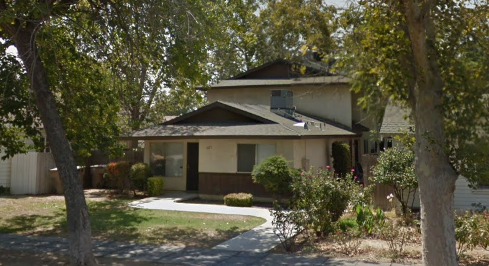
Sold: 12/31/2015
Cash Invested: $13,864
Loan: $255,000
Monthly Payment: $1,875
Monthly Rent: $2,476
Monthly Cash-flow: $601
Annual Gross: $7, 212
Annual Return on Investment: 52%
Lead by Example
They say that a good leader will lead by example. It is only fitting that if I am going to give advice on how to invest that I should show that I have some success. This case study is a personal investment. I bought this property in 2015. I own it still today, and it does very well for Tarah and I.
Reasonable Expectations
There are some lessons that you will hear from me over and over again. Here is an important one: Leverage helps increase your ROI (Return on Investment).
One of the reasons this property does so well for us is that I bought it with “other people’s money” (OPM). 97% of this property’s purchase price was funded by the bank. I had to live in Unit A for the first year to qualify for an FHA loan, but being local, I could do that.
Most investors that I work with from Los Angeles and San Francisco will benefit most by using a conventional loan with 20% to 25% down. When you buy a property with a 0.09 cap rate or more, you can get returns as high as 28% on your investment. Leverage creates higher returns and makes your money stretch farther.
Unless you can move into the property, it is more reasonable to expect your returns to be between 20% and 40% than at 52%. I can help you calculate and estimate your return as we find properties for you to purchase.
Improvements
One strategy that I often advise is never to make repairs when you buy the property, unless you have to. I live by my own advice.
Over the last four years, we have made many repairs to this property to raise the standard from what it was to what it is today. I have invested in better windows, higher efficiency doors, improved sewerage systems, and I have also made improvements to the units as each one empties out.
Many investors attempt to do too much too soon. They buy a rental property and think that it must be immediately fixed, but they must put forward the cash for these repairs, and this also raises the expectations of the tenants. It is much better to invest over time. Set a vision of where you want the property to be and then double the maintenance budget until you get there.
The average maintenance budget for a rental property is 2.5% of market value. I doubled this budget for the first several years. Now the property is where I want it to be, and the rents have increased to reflect the hard work.
